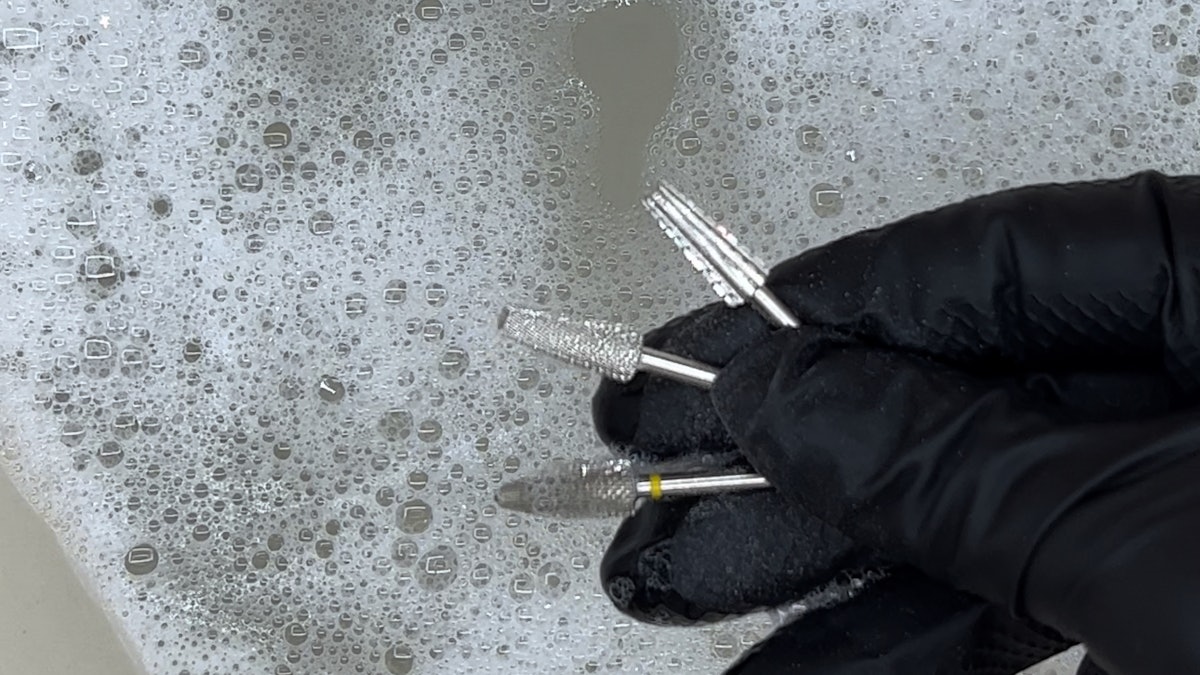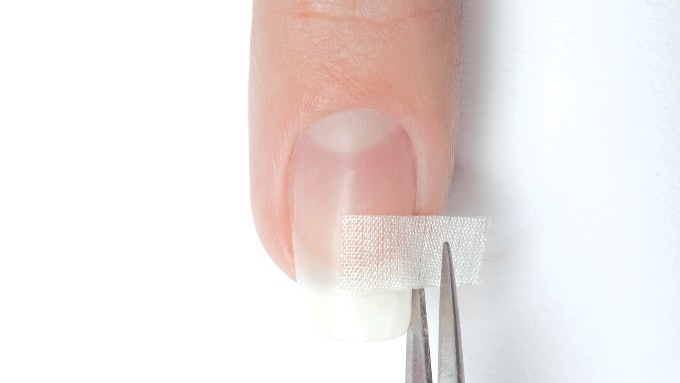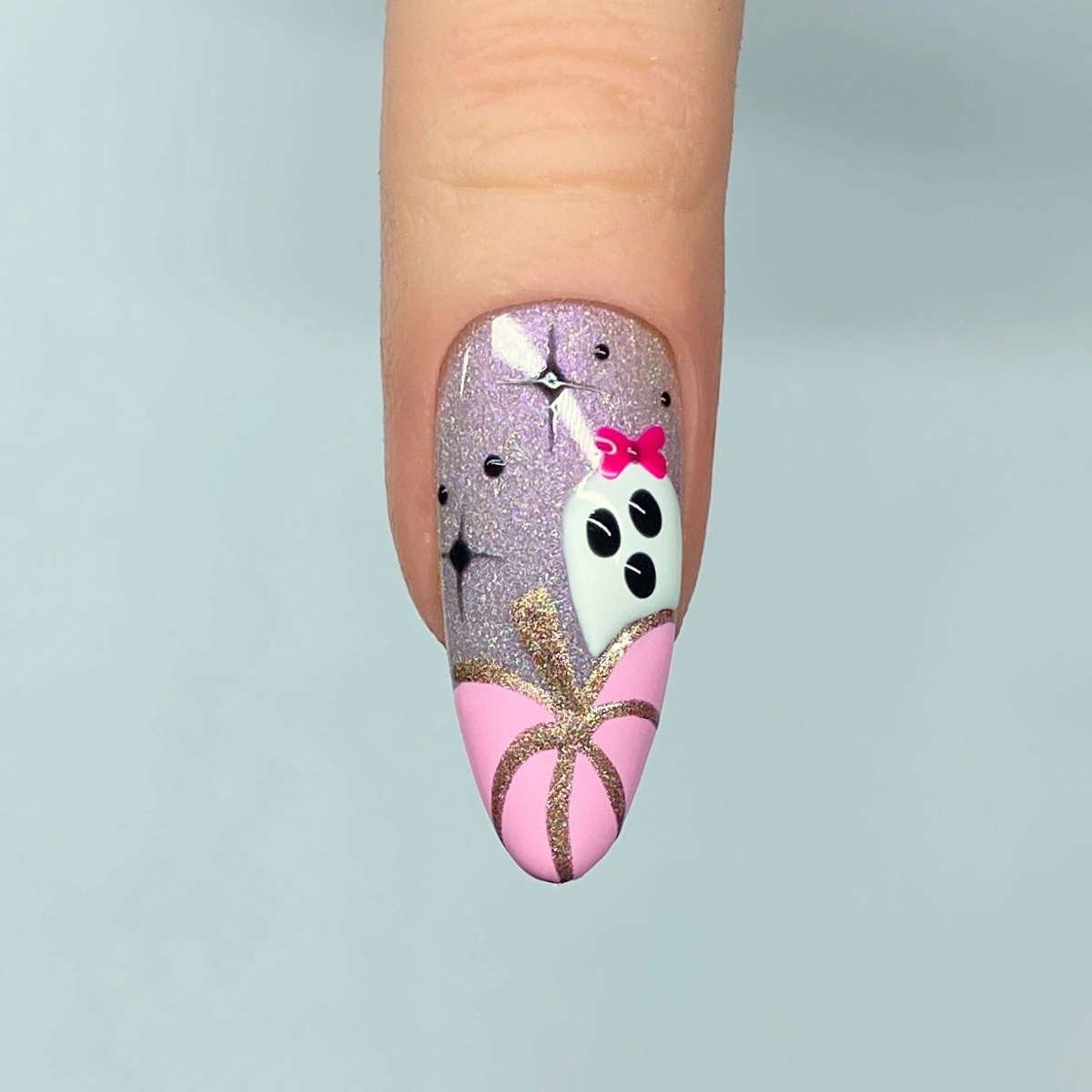Introduction
Nail and beauty businesses interact with a high volume of clients daily, which highlights the importance of maintaining a clean and hygienic environment. However, it is easy to overlook the effectiveness of sanitation, disinfection, and sterilization practices, especially when dealing with long-time clients or during busy periods. To avoid dangerous oversights, it’s crucial for nail professionals to understand and utilize the correct methods for ensuring cleanliness and safety.
Unfortunately, a lack of education in this area can lead to common mistakes in salons. For example, some professionals believe that storing tools in Barbicide or similar solutions constantly is the best practice for disinfection. This misconception can damage the tools. Staying informed and updated on the guidelines set forth by professional organizations and governments is essential. Note that these steps are general guidelines, and regulations may vary by state or country.
Sanitation (Cleaning)
Sanitation involves the physical removal of organic matter to reduce the presence of bacteria and viruses. This process is essential before moving on to disinfection or sterilization, as debris left on tools can interfere with the effectiveness of subsequent steps. Methods of sanitation include:
- Hand washing
- Using cleaning sprays or wipes
- Washing tools in warm, soapy water
- Utilizing antibacterial sprays and sanitizers
It is crucial to clean nail tools and e-file bits between every use. Therefore, it is good practice to use more than one set of tools, allowing for cleaning while another set is in active use. Debris should be removed from e-file bits with a wire brush before cleaning in warm soapy water. Metal nail tools such as pushers, curettes, nippers, and scissors should be thoroughly cleaned in warm, soapy water with a stiff cleaning brush, ensuring every crevice is free of debris.
Disinfection
Disinfection is crucial for controlling microorganisms on surfaces and tools, particularly when there are no cuts or breaks in the skin. Disinfectants work by destroying pathogens and eliminating viruses, spores, and fungi. It is important to follow manufacturers’ instructions when using approved disinfection solutions.
Tools should be fully submerged in the disinfection solution, preferably using a tray rather than a jar to ensure proper disinfection. If you must use a jar, place a round of cotton wool at the bottom to prevent blunting your tools. It’s vital to disinfect all parts of the tool, so use the process twice if necessary, turning the tool around to cover every area. Brands such as Barbicide and Lucacide offer free training courses in the use of their products, which can be invaluable for professionals.
Sterilization
Sterilization is the process of eliminating all forms of life, including viruses, bacteria, and fungi, from tools and surfaces, which is particularly necessary for metal tools like pushers, scissors, and nippers.
Methods of sterilization include:
- Using autoclaves
- Employing UV sterilizers
- Utilizing other hospital-approved equipment
It is vital to purchase sterilization solutions from reputable manufacturers to guarantee effectiveness. Colored tools or e-file bits may have coatings that fade or discolor under repetitive use in an autoclave.
Although autoclaves are not mandatory in some countries, such as the UK, they may be required by certain state boards or government regulations in other regions. If your state board mandates the use of an autoclave, opt for stainless steel tools to avoid discoloration from repetitive autoclaving.
Preventing Rust When Cleaning Tools
Rust occurs on nail tools when water (or moisture) and oxygen come into contact with iron or steel for a certain amount of time. This is why it is critical to adhere to correct protocols to prevent moisture from causing rust during cleaning, disinfection, and sterilization.
The environment where tools are stored also matters; a humid or damp room can lead to moisture buildup on tools, which eventually rusts over time. To prevent rust, ensure tools dry completely after cleaning and are stored in a dry environment.
Manufacturer Guidelines
Following the manufacturer’s guidelines is essential for the success and longevity of your tools. These instructions are based on comprehensive research and trials to ensure the proper uses and care for each product.
Improper use, such as submerging tools continuously in cleaning liquid, can lead to premature breakdown. Many techs develop the habit of leaving tools in disinfectants longer than the recommended time, which typically lasts around 10 minutes but can vary by brand.
Correct drying of tools post-disinfection is just as critical to prevent rusting and damage. When removing tools from the disinfectant, thoroughly dry them with a soft tissue or cloth or use a low-heat hairdryer, ensuring every crevice is dried.
Knurling
Have you noticed that even high-quality tools can rust only in specific areas? This often happens in hard-to-reach spots like knurling (the textured handle area) or hinges. This is because of how difficult it can be for machines to coat these crevices properly.
For tools with knurling, only submerge them up to the tool head, which comes into client contact. However, with proper submersion time and thorough drying, this issue should not occur.
Reuse vs. Throwaway
Many items in the nail industry are designed for single use, yet there can be confusion over what can be reused. Items such as nail files, orange wood sticks, cotton wool, and sanding bands should be discarded after each use. They should not be saved for the same client for future appointments.
Nail files are porous and cannot be adequately sanitized or disinfected. You should factor the cost of these single-use items into your pricing. To reduce waste, think about cutting nail files in half to utilize them more effectively.
Protection During Cleaning
Working with biocidal products necessitates compliance with state board and government regulations. This includes wearing appropriate PPE during handling and adhering to guidelines for storage, use, and disposal.
All biocidal products possess the potential to irritate skin, frequently labeled as irritants by manufacturers. It is crucial to prevent skin contact to protect both you and your clients. Ensure tools exposed to biocidal solutions are thoroughly rinsed to eliminate any residue. By following proper sanitation, disinfection, and sterilization protocols, you can create a clean and safe environment for everyone.



